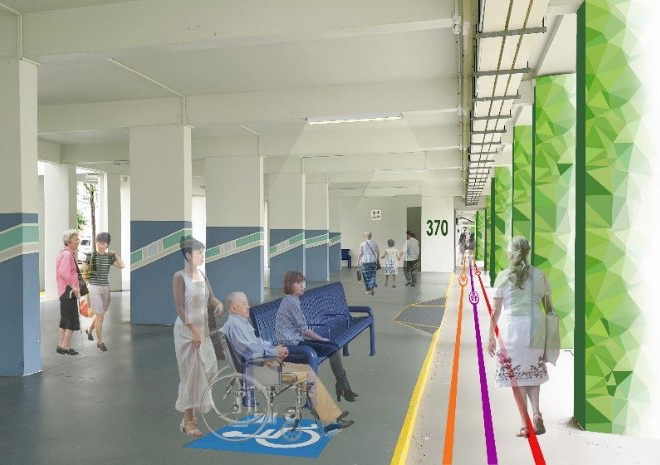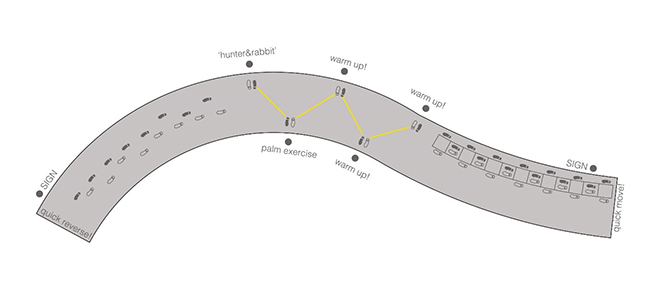How can we promote healthy ageing through the better design of our built environment? How can nursing homes evolve to meet the changing needs of our people? These are key topics explored at the latest Urban Lab exhibition “Designing Our Age-Friendly City” organised by the Urban Redevelopment Authority (URA), to share ideas and generate more discussions on how to realise a more age-friendly Singapore.
Ageing population
One in four Singaporeans will be aged 65 or older by the year 2030, compared to one in seven today. More seniors will be living alone as well – approximately 83,000 in 2030 compared to 43,000 now. In view of these projections, URA and various other government agencies have been collaborating with research institutes and design firms to explore possible design solutions to encourage healthy ageing in Singapore.
Age-friendly neighbourhoods
One such collaboration is the “Innovative Planning and Design of Age-Friendly Neighbourhood” multidisciplinary research study led by the Singapore University of Technology and Design (SUTD). The research study investigated three neighbourhoods (Toa Payoh, Hong Kah North and MacPherson) to understand older adults’ day-to-day interactions with the built environment and its effect on their overall physical, social, and mental health.
By integrating research and design on healthy ageing at the neighbourhood level, the project sought to develop and deliver context-specific planning and design recommendations to improve the age-friendliness of neighbourhoods in Singapore.
For example, seniors living in Hong Kah found sheltered connections between HDB blocks “disconnected”, indicating possible wayfinding difficulties. To address this, architectural firm CPG came up with design ideas to ease navigation, and proposed age-friendly features along the paths to mitigate falls and provide comfort.

With more seniors living alone due to a desire for more personal space and independence, there is also an increased risk of social isolation. An age-friendly neighbourhood can create places that encourage seniors to interact with their communities. A good mix of lively and quiet spaces for social interactions, regular exercise, and cognitively stimulating activities can also contribute to seniors’ quality of life and may even delay the onset of dementia.
In this regard, architectural firm Tierra Design looked at ways to integrate play elements into existing walkways and open spaces, to create opportunities for incidental cognitive exercise and social activities for seniors in Toa Payoh West.

Lekker Architects, which worked on reducing the risk of social isolation among seniors living in MacPherson, came up with the idea of a mobile kopitiam. The premise is to bring familiar settings to HDB void decks, thereby drawing seniors out of their homes to interact with the community.
Nursing Homes: Now and Future
Also on display at the exhibition is the research study “Designing Future-Ready and Sustainable Nursing Homes for Person-Centric Care Models in Communities”. This interdisciplinary project led by the National University of Singapore is a collaboration between geriatric care researchers, industry partners, and agencies.
The primary focus of the study is to recommend innovative design typologies for nursing homes that support person-centric care models and are well integrated with their surrounding communities.
Key design ideas that surfaced among design firms included introducing flexible bed configurations that respond to future needs and changing demand; creating a supportive living environment that encourages movement and promotes interaction among residents; and incorporating shared spaces such as multi-generational playgrounds and community cafés to encourage interaction with neighbouring communities.
“As we plan and shape Singapore for the future, we have to take into account how people’s needs might change as they grow older. Hence, this exhibition is a timely exploration of aspects and strategies that URA can consider, to support people in living healthy and happy lives,” said URA Chief Executive Officer Lim Eng Hwee.
The “Designing Our Age-Friendly City” exhibition is on at The URA Centre atrium until 31 December 2019. Explore key highlights of the exhibition by joining one of the community tours led by URA volunteers by visiting www.ura.gov.sg/agefriendlycity.







